An interesting topic as this is what I've been shooting a lot of lately. Well, that and my son's football, but's another story and lens all together.
Or is it?
Yes, getting into DSLR's is more expensive than trying to get by with a compact digital, but the image quality increases right along with the price.
But you don't need to spend a huge amount of money to get very good images. I think it's wonderful that Nenella is going to buy a 5D MkII, an awsome camera that also shoots full frame HD video.
But you can also get amazing images with a kit camera package like the Canon (guys, only 2 n's in Canon) XS that I see available from my local Sam's Club for $650 or so. That gets you a 12mp camera body, two lenses and a bunch of other stuff. With that, you're in the game. The only other thing that you might want to invest in is a set of Kenko Extention Tubes. I bought my set off of eBay for about $130. Extention Tubes (ET's) are used between the camera body and the rear of the lens. There is no glass in these tubes, they just pass the electrical current threw them to the lens. What they do is allow that particular lens to focus much, much closer. Thus starting to get into true macro range, depending on how many ET's and what lens is used.
My favorite rig right now is using a Canon 85mm f1.8, 56mm's of ET's on my Canon 40D body (10.6mp).
Here's more examples of the work that I can do with this setup.
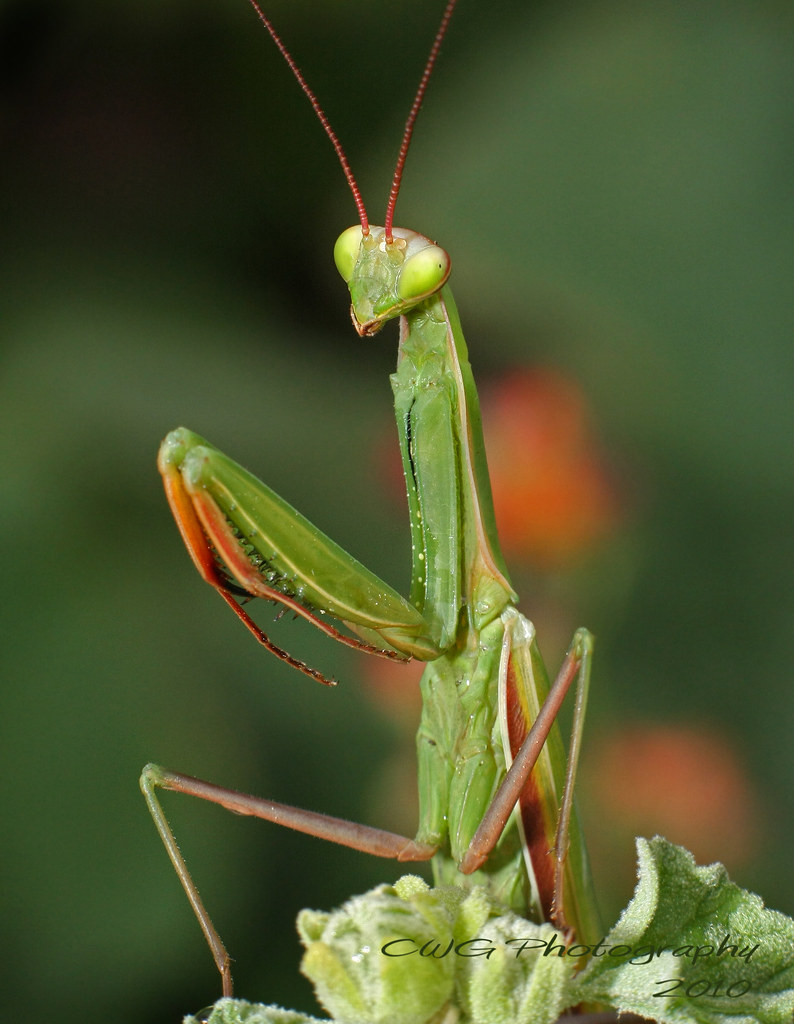

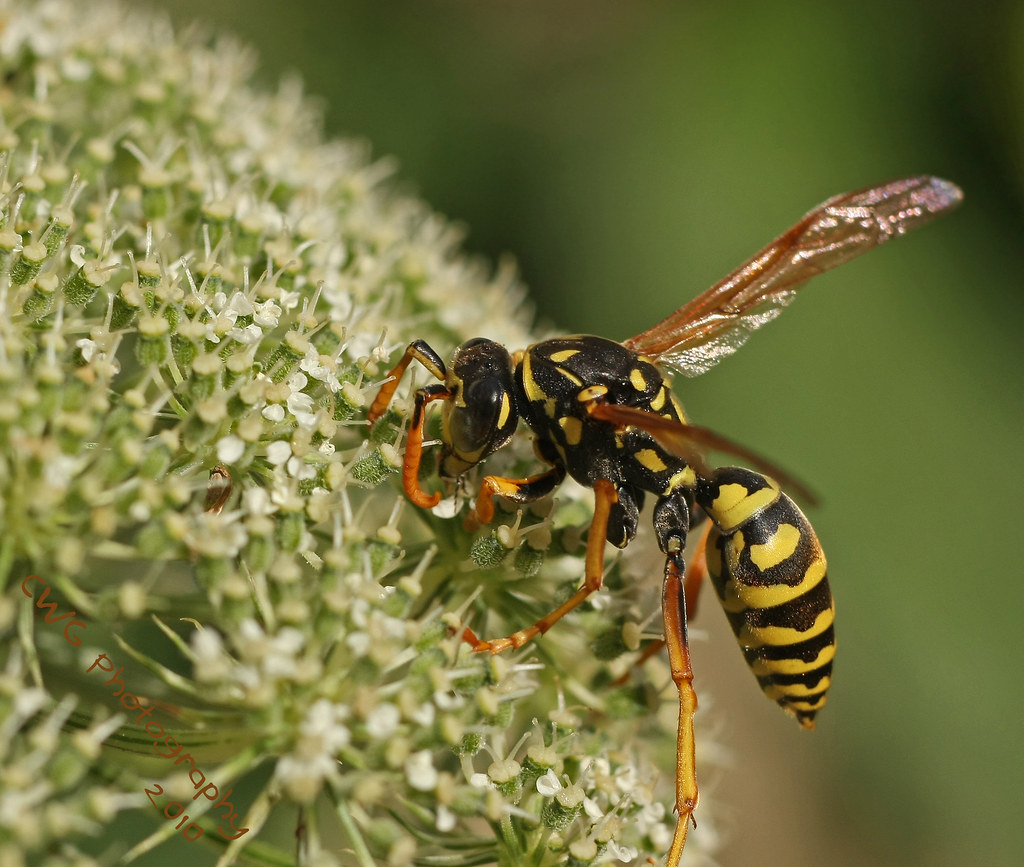
This setup is also pretty light and easy to use. I don't use Auto Focus with macro. I simply get close and then rock back and forth until the subject is in focus and doing something cool! It's slow, but it works better than the AF at those distances.
I have a lot more work done with that setup. The 85mm f1.8 is not a macro lens at all. It is extremely sharp and is a stunning portrait lens. But with some ET's, it becomes a macro lens.
I also use ET's on my longer lens, a Canon 70-200mm f4L. The lens I use to shot outdoor sports. This gets me a lot closer than the Minimum Focus Distance (MFD) stated on the lens. In this case the lens has a switch either 1.3 meters or 3 meters. I switch it to the 1.3 setting and put a couple ET's behind it and suddenly I can get well inside that original MFD. Here's a couple shots using that setup.
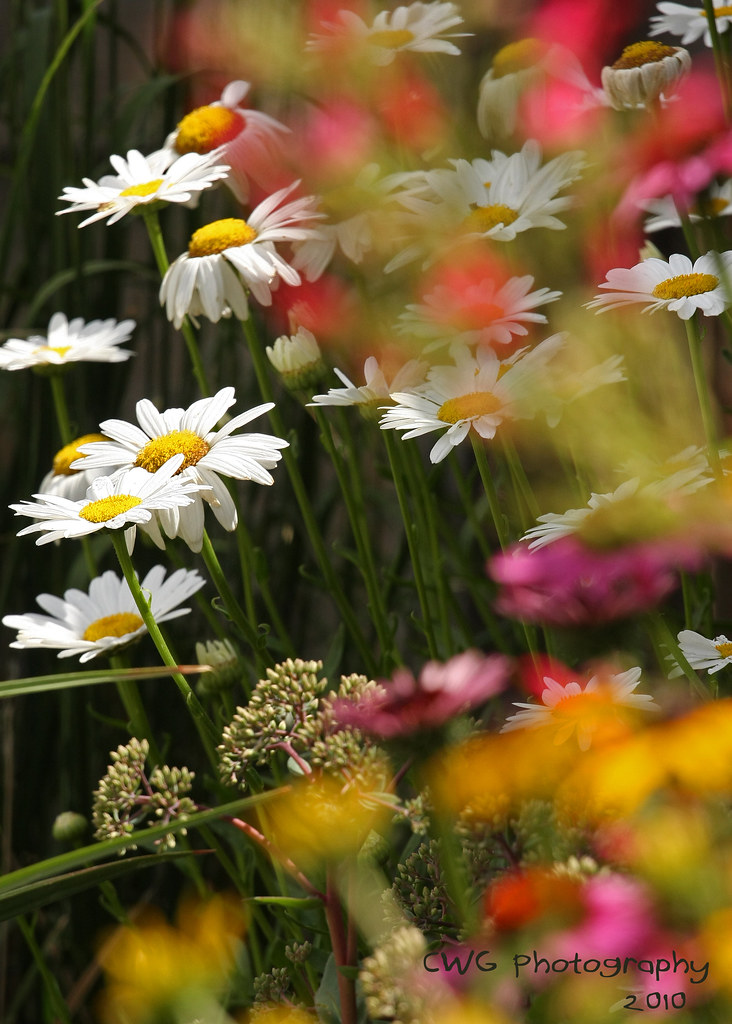
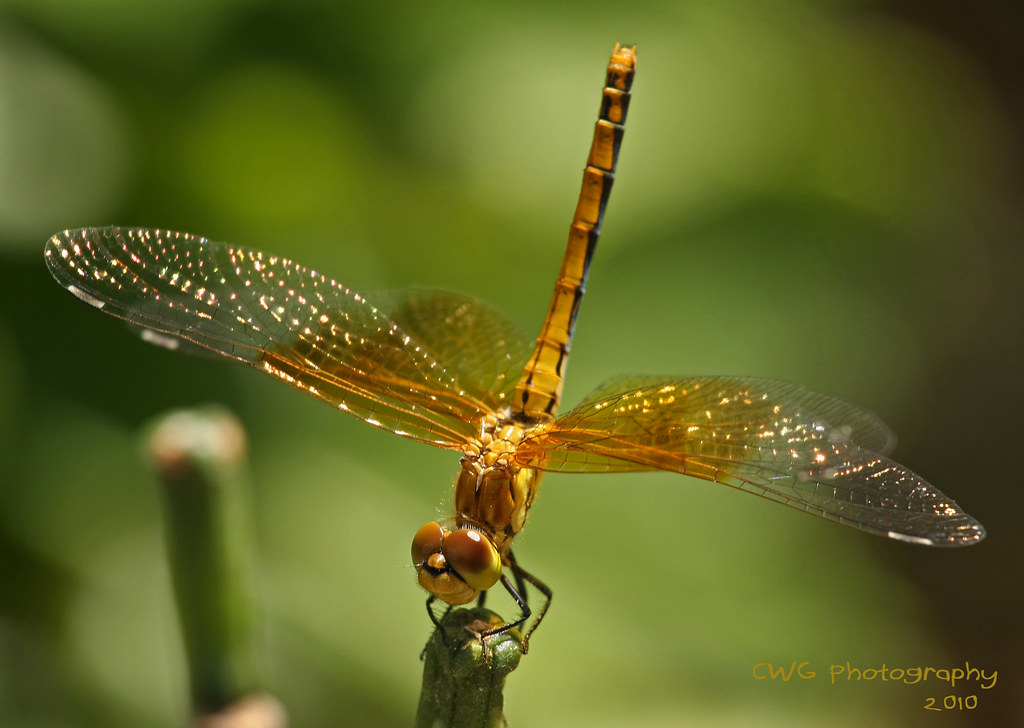
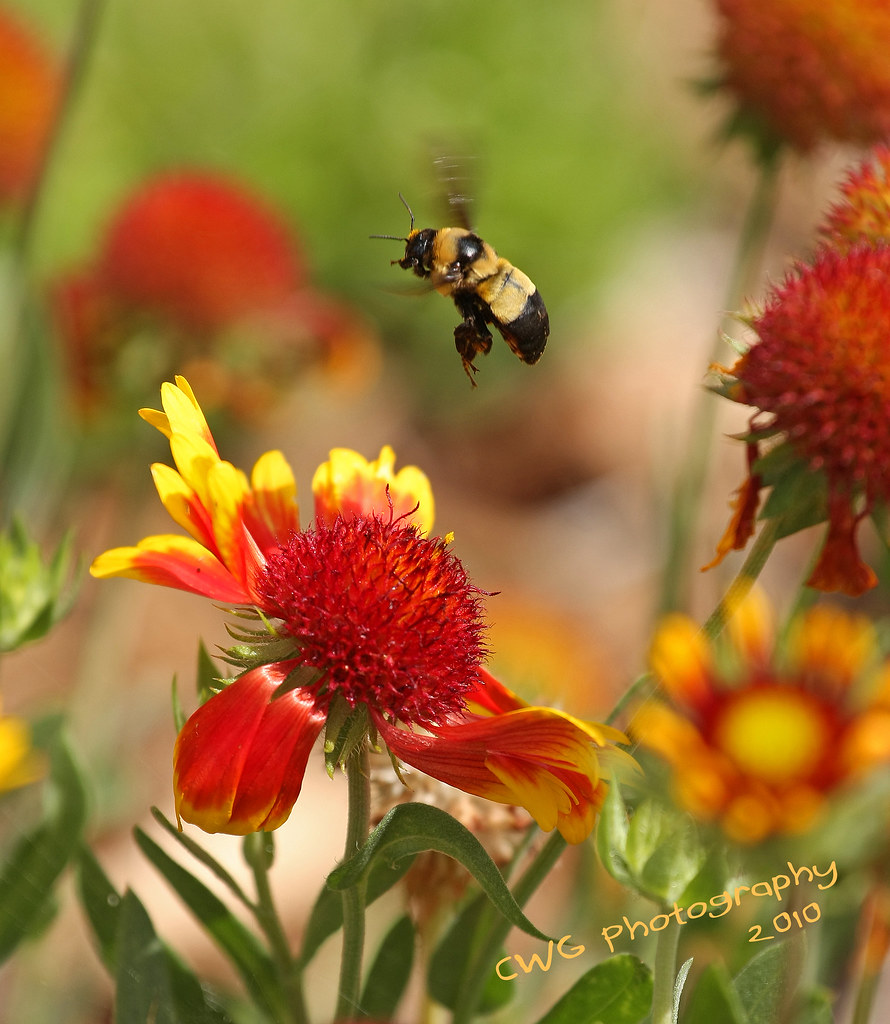
Just some technical info. All lenses, whether a true macro or not work the same way. Once you focus a lens that close to a subject you will always get a very shallow Depth of Field (DoF). There are no exceptions to this. The only way to expand that DoF is to use a smaller aperture ( f11 or smaller). But to that you need more light or a higher ISO. The Canon 5D MkII and the Canon 7D are great cameras that have the ability to raise the ISO really high, but still maintain decent image quality.
Personally, I like adding light rather than raising the ISO too high on my camera. I can get to ISO 800 and still have good results, but I don't like to go much higher than ISO 400. ISO 200 is my normal starting point.
I use a small flash bracket to mount my flash on the side of my camera and then tip the flash forward to hang right over the top of the lens pointing slightly forward. This allows me to use a small aperture (f11 and smaller) and still have a pretty fast Shutter Speed (SS). Shutter speed is really important. I like to have a SS number that is equal to or higher than the focal length of the lens I'm using. So if I'm shooting a 85mm with ET's, I like to have the SS at least be around 1/125th. That gets rid of any camera shake blur. That is a good rule of thumb even if you arn't shooting macro.
Why do I talk about that? Because I almost never use a tripod to shoot macro subjects. A tripod is cumbersome and gets in the way. There is no way I could have shot that Praying Mantis above using a tripod and still got the shot. That creature was moving way to fast for a tripod. And I didn't even have my cool Off Camera flash bracket. I mounted the flash to the top of the camera, lowered the built in diffuser and got some great results. No macro lens, no specialty flash bracket or macro ring lights used. Just a little experience and some luck.
Canon makes some amazing, true macro lenses that are not all that expensive. Starting with the 50mm EF f2.5, the 60mm EF-s f2.8 and then the killer 100mm EF f2.8 macro lens. The 50mm and the 100mm EF lenses will work on the 5D MkII, the 60mm EF-s will not. All these lenses will work on Canon's APS-C cameras like the 7D, 40D, 50D or XS. The 50mm f2.5 compact macro is a really great lens and a killer price of $259 from Amazon. It's really hard to beat that lens for that price! Yeah, it's expensive, but if you want to do true macro photography, there is an entrance fee.
I only have one lens that is considered a macro lens. It says "Macro" on the side of it because it focuses very close to subjects without the use of any ET's. It's a Canon 24-70 f2.8L. Not a cheap lens at all. New it'll cost you $1400, used you'll spend $1000 to $1100. But it is an amazing lens ad I get a bunch of great images from it. I should probably get that 50mm f2.5 lens next. Add some ET's behind that and suddenly I'm getting crazy close to all sorts of stuff!
In short (that wasn't short!), it's not about which camera (in this case DSLR's) that you use, it's about the lenses and other tools to get the job done.
With my setups I can not get those incredibly super tight shots of insects compound eyes, but I do get some pretty cool stuff.
One more image:
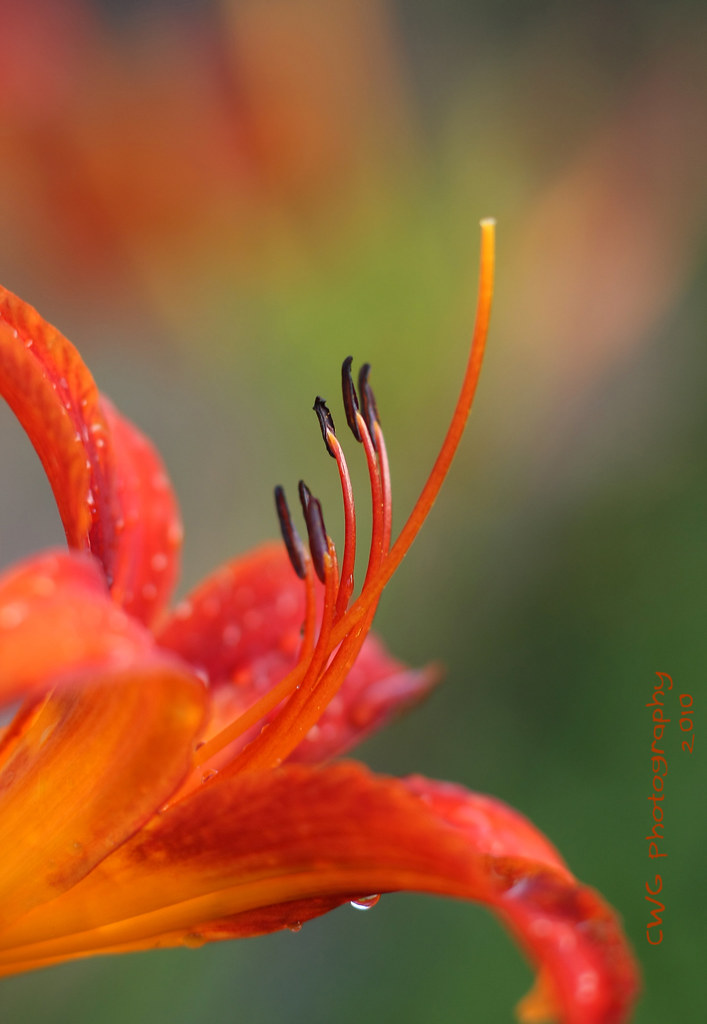
I broke one of my rules of thumb on that one. The EXIF data for that image shows that I shot it at f3.5 and 1/80th using the85mm lens with a 12mm ET and no flash fired. Sometimes if you hold your breath and are very still, it works out. Or I just got lucky.
If you want to see more examples of my work look around at my Flickr page. Ignore the sound mixer at the top of the page. I had to post those up because I'm trying to sell it right now.
Flickr: ChasWG's Photostream
I hope this helps some!







































 Linear Mode
Linear Mode


